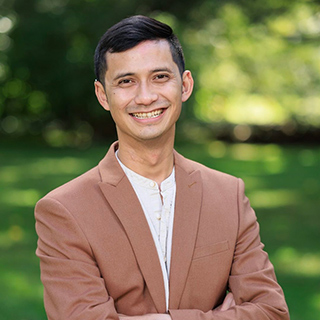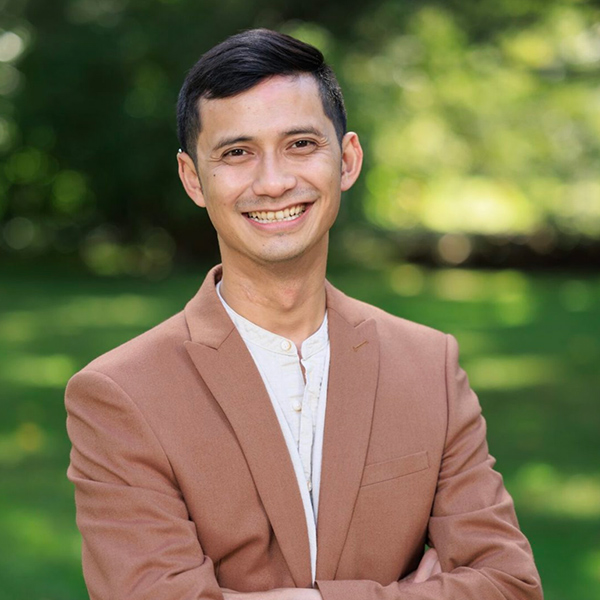
(Photo courtesy of USC)
When Max Aung, Ph.D., was an undergraduate at the University of California, Santa Cruz, he was studying molecular biology. A pivotal experience in his junior year guided his path. He participated in a summer program at Stanford University focused on providing public health and medical training experiences for first-generation college students.
“I had the opportunity to learn from leading physicians and public health practitioners. As a first-generation college student, that exposure motivated me to continue being a strong basic scientist while also pushing research forward,” he explained.
Now an assistant professor at the University of Southern California (USC), Aung conducts research focusing on maternal and child health. He is an integral member of the NIEHS-funded USC Environmental Health Sciences Center and the MADRES Center for Environmental Health Disparities. The MADRES Center is supported by NIEHS, the National Institute on Minority Health and Health Disparities, and the Eunice Kennedy Shriver National Institute of Child Health and Human Development.
Interdisciplinary Science and Research Translation
Aung’s interest in investigating the effects of hazardous exposures on maternal health and infant development in part stemmed from his involvement with the NIEHS Superfund Research Program (SRP) Center at Northeastern University while pursuing a doctoral degree at the University of Michigan. There, he collaborated with engineers, toxicologists, and other experts to understand the link between environmental contaminants and adverse pregnancy outcomes, such as preterm birth, in Puerto Rico.
“My experience with SRP inspired me to think about how multidisciplinary methods can be used to translate science so that decision makers and community members can use it to inform interventions and policies,” Aung said.
At USC, Aung leads a translational environmental health research laboratory. One of his research domains involves conducting multidisciplinary science to reveal how exposures in utero affect children’s neurodevelopment.
For example, he collaborated on a MADRES study that found prenatal exposure to the flame retardants organophosphate esters was associated with adverse neurobehavioral outcomes, as reported by low-income Latina mothers in children 3 years old. Findings like this one can influence health-protective decisions and policies down the road, according to Aung.
Detection Methods and Policies to Protect Health
“A really important piece of my work is trying to devise strategies to prevent further environmental health disparities by addressing exposures early in life and mitigating them as much as possible,” Aung said.
Aung has previously led work to detect biomarkers that predict adverse pregnancy outcomes, such as spontaneous preterm birth. His team’s goal is to translate these findings into clinical tools that allow for early interventions.
“Ideally, we could measure biomarkers early in pregnancy to know an individual’s risk of an adverse outcome and develop interventions to lower that risk,” he said.
Mentoring the Next Generation

(Photo courtesy of USC)
Strong mentorship guided Aung through the early stages of his career. His mentors connected him to opportunities across disciplines and institutions, exposing him to diverse collaborations and ways of thinking.
Now, as a mentor, Aung aims to pay that counsel forward through student mentorship.
For example, Aung participate in a programs that provide early-career scientists with training in storytelling, science communication, and research translation.
“Once you bring students into academic spaces, you need to support them in meaningful, sustained ways so they don’t exit the pipeline,” Aung explained.
Max Aung


